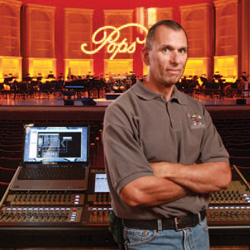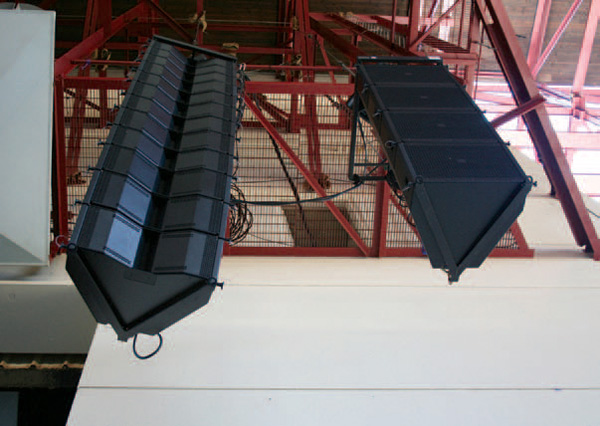
The Cincinnati Pops Orchestra, comprised of members of the world-renowned Cincinnati Symphony Orchestra (CSO), performs in historic Music Hall, as well as outdoors at Riverbend Music Center on the banks of the Ohio River and on international tours, presenting concerts featuring acclaimed artists and conductors.
The Pops date back to 1977, when the founding conductor, the late Erich Kunzel, conducted the group’s first sold-out concert.
It’s a more recent chapter of a rich heritage that stretches all the way back to 1895 with the founding of the CSO.
I recently had the opportunity to attend this year’s final summer concert at Riverbend, a wonderful evening featuring Oscar-winning composer John Williams conducting the Pops in stirring renditions of many of his most well-known works, including scores for Star Wars, Jaws, E.T.: The Extra- Terrestrial, Schindler’s List and several others.
And, this concert also saw the long-awaited unveiling of a new live sound reinforcement system developed for the specific needs of the group.
Sound designer/engineer Ralph LaRocco, who has worked with the Pops since 1997, told me that the new system’s roots date back almost five years to a concert at the cavernous, 8,000-capacity Great Hall of the People in Beijing.
During rehearsals, both he and Kunzel quickly liked what they were hearing from the system provided for the event.
“What we want from a system is for it to be full and rich, yet controllable,” LaRocco explains. “There should not even be a hint of a hard edge, because that is not who they (the orchestra) are.”
“Everything is acoustic, and it needs to retain that natural character, that transparency. That’s what we heard immediately in Beijing.”
At the head of that system were HK Audio COHEDRA line arrays, which LaRocco determined as the primary difference-maker.
HK Audio, based in Germany, takes a unique approach to line array element design, and Christian Stumpp of the company was on hand prior to the concert in Cincinnati to provide details.
Each COHEDRA element employs a specially developed acoustic lens to curve the wave front, a method to help prevent the interference and drop-outs of continuous line sources due to edge diffraction.
With a proprietary technology called Emphasized Radiation, signal components that will later be dampened are emphasized first. Applied to wave fronts, this means that the edge areas are projected earlier in time, forming a curving wave front whose sound vectors face slightly inward.
Then, to reduce the gaps that are created when an array is curved, tearing the line source apart and reducing range, both ends of every element’s wave fronts are reshaped in the same way.

